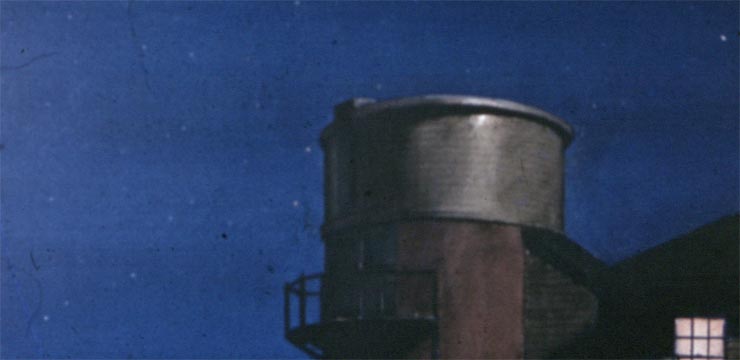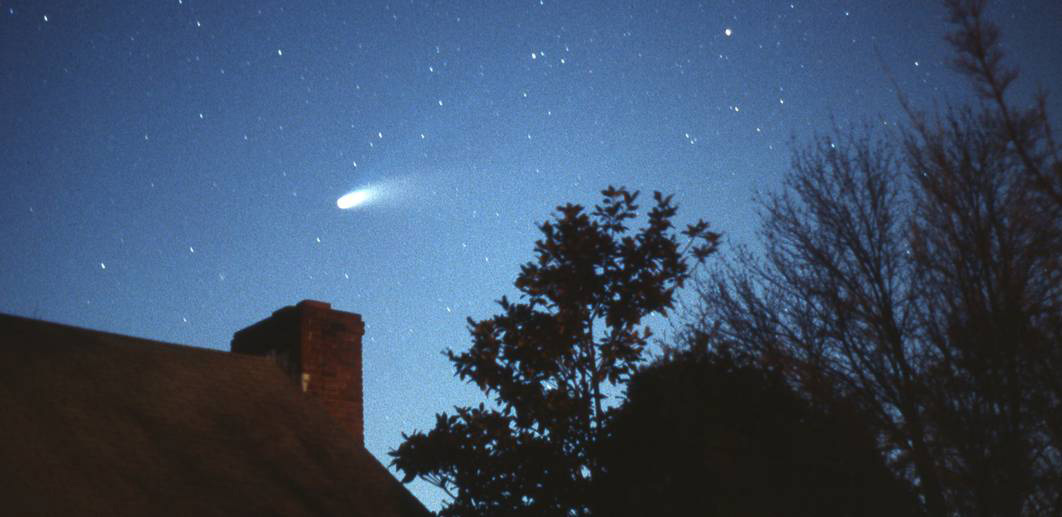October 2013
Pomfret's Olmsted Observatory: From Manual to Robotic in Five Years
Josh LakeRelated Links
Imaging the ISS - It's easier than you think!
Bob HortonRecent Upgrades at Margaret M. Jacoby Observatory
Brendan BrittonRelated Links
The Amateur Astronomer's Equipment of the 1960s
Ed TurcoJoin Ed Turco, long-time Skyscraper member and master telescope maker, to remember the ‘good old days’ of amateur astronomy. Ed will have his telescopes and all sorts of goodies to show how astronomy was done in the 1960s, before the advent of electronic assistance.
Astrophotography on The Cheap
Scott MacNeillRecent advances in image processing and photographic technologies have made astrophotography readily available to the everyday backyard astronomer if they have the cash to throw down on the expensive equipment required, or so the myth goes. I will attempt to debunk this myth by introducing simple, low cost devices while discussing image capturing techniques and post-processing methodologies that will help make your astro/night photographs captivate the attention of your peers and the night photography community.
MEarth Project: Super-Earths Transiting Nearby Low Mass Stars as Laboratories for Exoplanetary Science
Zachory Berta-ThompsonExtrasolar planets that orbit and transit the closest, smallest, least massive stars in the Galaxy offer us a unique opportunity. These systems' favorable geometry allows us to observe the masses, radii, and atmospheres of super-Earth exoplanets using currently existing facilities. I will describe the MEarth Project, an ongoing survey to find these planets with a robotic array of moderate-aperture telescopes. MEarth has found one planet so far, the toasty super-Earth GJ1214b. I will present Hubble Space Telescope observations of GJ1214b's atmosphere that reveal interesting clues into this planet's enigmatically low density.
Related Links
The Best of all Worlds: Creating Unique Astronomical Images from Professional and Amateur Data Sources (with emphasis on the Hubble Legacy Archive)
Robert GendlerRobert Gendler will be signing copies of his new book: Lessons from the Masters: Current Concepts in Astronomical Image Processing during AstroAssembly.
MicroObservatory: Approaching Two Decades of Observing with a Network of Online Robotic Telescopes for Education and Outreach
Frank SienkiewiczMicroObservatory is a network of automated telescopes that can be controlled over the internet. The telescopes were developed by scientists and educators at the Harvard-Smithsonian Center for Astrophysics and were designed to enable youth nationwide to investigate the wonders of the deep sky from their classrooms or after-school centers. They are located and maintained at observatories affiliated with the Center for Astrophysics, including the Harvard College Observatory in Cambridge, Massachusetts and the Smithsonian's Whipple Observatory in Amado, Arizona.
Related Links
Reception, Hors d'oeuvres served
Evening Banquet (pre-registration required)
Words of Welcome, Awards, and Raffle Prizes
A Preview of Seagrave Observatory's Centennial, 1914 to 2014
Dave HuestisThe Design, Construction and Use of a Large Private Research Observatory
Mario MottaDr. Mario Motta has been an amateur astronomer and friend of Skyscrapers for many decades. When he and his wife decided to build a house on the North Shore of Massachusetts, Mario decided an integral observatory was essential. In this talk he will describe the design and construction of the telescope and observatory. For years Mario has used the instrument to obtain spectacular deep sky images which he will share with us. However as President of the AAVSO he also uses the observatory for variable star research. Mario will describe the current variable star images he takes and will share ways amateurs can use AAVSOnet for their own variable star research. AAVSOnet is a network of remotely operated instruments which is used to obtain images used to determine brightnesses of variables and which can be used to report brightnesses to headquarters.
Related Links
Honorary Awards


Members' Night


10/26/2013
Samhain
: By Francine Jackson
Fly Me to the Moon
: By Mark Sweberg



